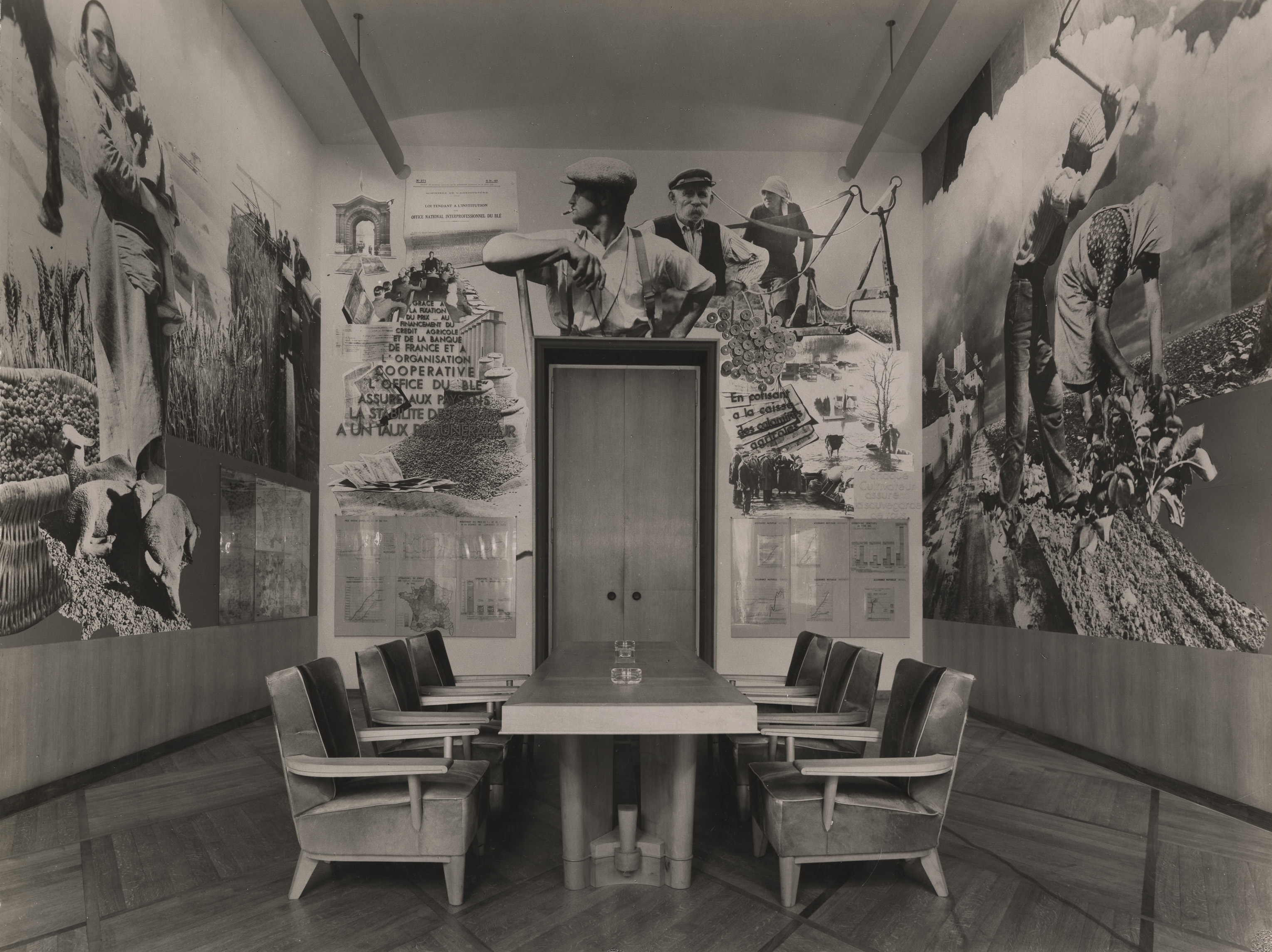I have singled out these two thinkers for their focused critiques, but many others have made this point. See Ashley Gripper, “We Don’t Farm Because It’s Trendy; We Farm as Resistance, for Healing and Sovereignty,” Environmental Health News, May 27, 2020, ➝; Kyle Powys Whyte, “Food Sovereignty, Justice, and Indigenous Peoples,” in The Oxford Handbook of Food Ethics (Oxford: Oxford University Press, 2018), and “Settler Colonialism, Ecology, and Environmental Injustice,” Environment and Society 9, no. 1 (2018): 125–144.
I have argued this in more detail in “Labor in the Logistical Drawing,” Log 34 (2015): 139–142.
The Green New Deal Superstudio is a key example of this kind of work; 479 of 671 archived projects dealt with soil and agricultural transformation. For further details, see ➝. For more on how architects can and might understand the ambitions of the Green New Deal, see Billy Fleming, “Design and the Green New Deal,” Places Journal, April 16, 2019, ➝; Reinhold Martin, “Abolish Oil,” Places Journal, June 2020, ➝; Sam Velasquez, “Green and New,” Urban Omnibus, October 29, 2020, ➝.
Pierre Barral, Les agrariens français de Méline à Pisani (Paris: Armand Colin, 1968), 241.
John Bulaitis, Communism in Rural France: French Agricultural Workers and the Popular Front (London: I.B. Tauris, 2008), 106.
See Mary McLeod, “‘The country is the other city of tomorrow’: Le Corbusier’s Ferme Radieuse and Village Radieux.” In: Food and the City: Histories of Culture and Cultivation, ed. Dorothée Imbert (Cambridge: Dumbarton Oaks and Harvard University Press, 2014).
For more details on this project of Perriand’s, see Gabrielle de la Selle and Max Bonhomme, “La Grande Misère de Paris par Charlotte Perriand,” Photographie arme de classe: La photographie sociale et doucmentaire en France, 1928-36 (Paris: Centre Pompidou, 2018) and Romy Golan, Muralnomad : The Paradox of Wall Painting, Europe 1927-1957 (Yale University Press, 2009): 150-162.
For further details on this project see, Danilo Udovicki-Selb, “‘C’était dans l’air du temps’: Charlotte Perriand and the Popular Front,” in Charlotte Perriand: An Art of Living, ed. Mary McLeod (New York: Harry Abrams, 2004) and Golan, Muralnomad.
Ibid, 85.
Ibid.
The work of Jean Bossu is paradigmatic here. See Xavier Dousson, “La reconstruction du village témoin du Bosquel dans la Somme après 1940. Récit, ambitions et paradoxes d’une opération singulière,” In Situ. Revue des patrimoines 21 (July 16, 2013), ➝.
For more on the postwar history of rural modernization in France, see: Venus Bivar, Organic Resistance: The Struggle over Industrial Farming in Postwar France, Flows, Migrations, and Exchanges. (Chapel Hill: University Of North Carolina Press, 2018).
For more details, visit Our Land, Our Stories, which has links to the 2019 ebook Our Land, Our Stories, and a documentary about the site, The Meaning of the Seed (2021), ➝. See also Anita Bakshi, “The Settler Colonial Present: Contaminated Representations,” The Settler Colonial Present (e-flux Architecture, 2020), ➝.
See ➝.
See Soil Generation, “Agroecology from the People Volume 1” (2021), ➝.
